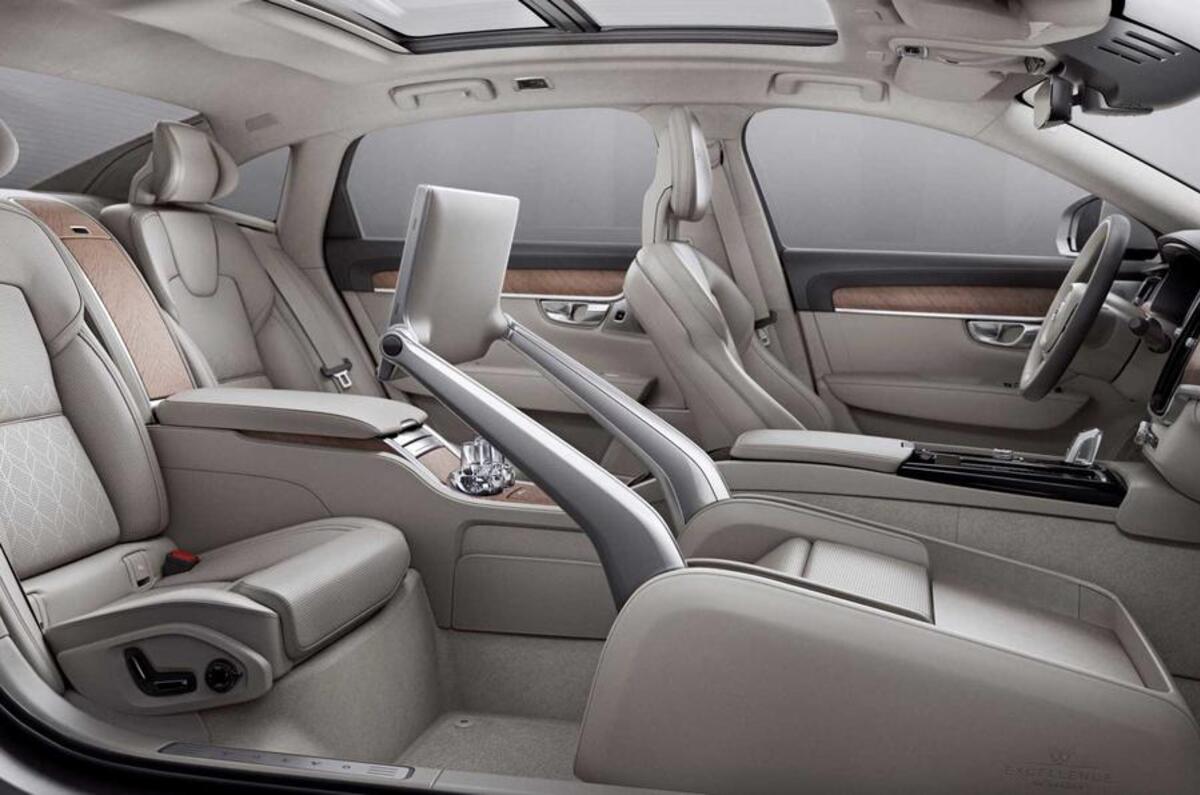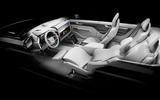Volvo design bosses believe the company is well placed to be a world leader in autonomous car cabin design, due to the passenger-focused layout of its interiors.
Speaking exclusively to Autocar, Thomas Ingenlath, Volvo’s senior vice president of design, explained that while European rivals have focused on driver-centric cabins, Volvo has long prioritised overall passenger comfort.
“Not being a company that has a passion for power and driver focus means that we have spent more time exploring the passenger lounge area,” he said. “In the S90 Excellence [a three-seater model for China], we used a special centre console and took a seat out to explore what could you actually do with this space.”
To this end, Volvo has been conducting studies to better understand how to maximise well-being for all passengers for many years, and coincidentally, this knowledge is now relevant for autonomous car design.
Volvo Chinese R&D centre will play key role in cabin design
“Now we see all these exercises have become elements in a big puddle and we were naturally researching in this area,” Ingenlath continued. “It shows that our way of looking into a car has naturally turned into how you use a car in the future.”

Robin Page, vice president of interior design at Volvo, said that the brand’s global approach to design, with its three design studios located in Sweden, America and China, would also help it to better adapt future models to local markets.
“We have a studio in California, and it’s noticed that Los Angeles as a car market is a driver for electronic development. China is more about rear passengers and luxury, while Europe is a bit special as it still focuses on the driver,” he explained.








Join the debate
Add your comment
Wrong direction? Dont think so...
Volvo is actually on path to exactly what you are suggesting; EV in 3 years, 3 cylinder petrol in a year or so, replacement for v40 with expansion of the 40 cluster.
What actually changes for passengers
Wrong direction
xxxx wrote:
Dont worry, they are onto it, they have a perfectly acceptable hybrid system already on sale, they are looking into EV's, a 3 cylinder petrol is due next year, as is a replacement for the 60 series of cars, followed shortly after by an XC40 and a replacement for the 40 series. The plan is to have replaced their whole line up by 2019, leaving the then 5 year old second generation XC90 as their oldest model.